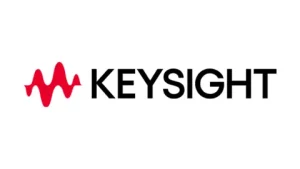By: Onn Haran
The safety value of V2X depends on its penetration. Our roads will be much safer if all vehicles have V2X (see also: v2x safety applications), but that would take time, and the initial value is low.
The decision of OEM (car maker) to deploy V2X can be analyzed using the game theory. Three different market scenarios exist based on the regulatory market: mandated, encouraged, or no involvement. The game result is presented for each.
Scenario 1: Mandated. The OEMs are forced by a regulatory entity to deploy, then the deployment decision is obligatory, and the game doesn’t exist. After the proposed US mandate faded, forced deployment isn’t planned anywhere in the world.
Scenario 2: Encouraged. The OEMs are encouraged to deploy with the use of incentives, namely NCAP (New Car Assessment Program) grading, which is the automotive industry benchmark for vehicles safety content. This makes the game seemingly simple: if the OEM decides to deploy, it will get extra NCAP points. The game becomes a bit complicated since the grading is currently unclear, hence the reward is not clear. That unclarity can cause an OEM to decide to give up on attaining the extra points, at least in the first years, if its competitors will give up on those points as well. With this unclarity, the OEM gain is a market perception of being a safety leader, and the loss is a market perception of “safety neglecting” OEM.
Since most OEMs regard safety and the perception of being a safety leader as very important, most OEMs are including V2X in their RFQs for Europe and China.
Scenario 3: No involvement. Without external benefits, the game theory payoff depends on the market share of the OEM and the decisions of other OEMs. From a marketing perspective, the first OEM to deploy gets all the glory, while the following OEMs get none. If many followers will exist, the last OEMs will be forced to deploy not to be shamed. But since the followers will not be motivated to deploy, the final shaming stage isn’t likely to happen.. From a value perspective, only an OEM with a large market share can deploy enough vehicles to create a meaningful V2X value.
Therefore, without external benefits, based on the game theory, a single large OEM will deploy in each geographical area. Amazingly, the market validates the outcomes of the game theory. In Europe, before EuroNCAP grading came into effect, only Volkswagen deployed, having the largest market share. Similarly, in Japan, only Toyota deployed. In the US, GM started a small deployment.
The result highlights the need for an incentive to promote large-scale V2X deployment across all OEMs. While an incentive exists in Europe and China, in the shape of EuroNCAP and CNCAP respectively, the market in the US eagerly requires an incentive as well. NHTSA should recognize that and push forward the plans to grade V2X in NCAP.
Summary: NCAP triggers V2X deployments in Europe and China. All safety leading OEMs, regardless of their market share, are adding V2X to their deployment plan to avoid the loss of safety points and market perception. In the US, an external deployment trigger is missing, and hopefully, NHTSA will change that by adding V2X to NCAP grading.






